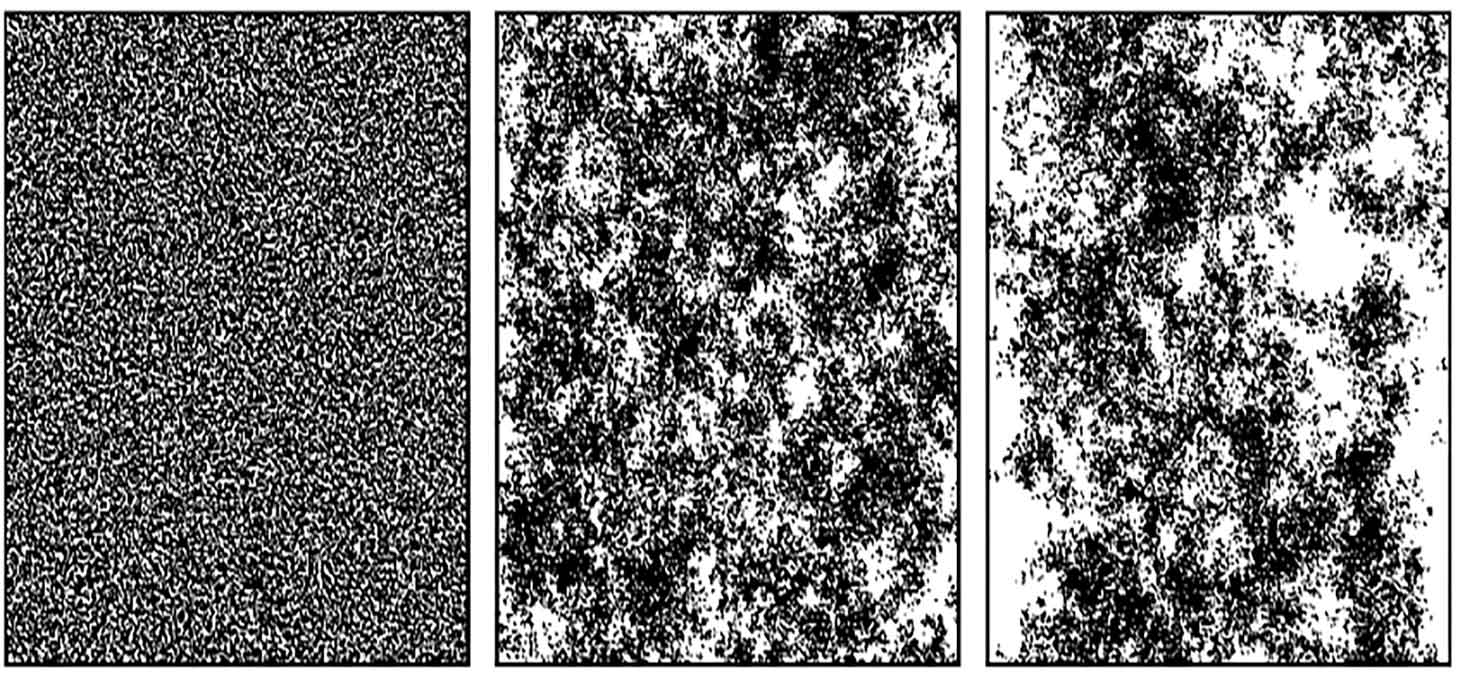- Share
- Share on Facebook
- Share on X
- Share on LinkedIn

Bahram Houchmandzadeh
Population genetics
How does a beneficial mutant spread through a population? Understanding these dynamics is the basis of our understanding of evolutionary theory. We study some aspects of these dynamics: the theory of evolutionary graphs to model the geographical or social dispersion of individuals; the possibility for altruistic mutants to appear...
The spatial distribution of species
All measurements across several thousands of species from plankton to tropical forests show that the spatial distribution of species is not uniform, but agglomerated. We have shown, theoretically and experimentally, that one of the causes of these agglomerations is the stochastic noise of deaths and births, which cannot be "smoothed" by Brownian motion and migrations.
The creation of biodiversity
The same considerations, if we add the purely neutral mutations (without beneficial or deleterious effect) gives us access to the calculation of the effective rate of biodiversity. We have succeeded in extending the current 0-dimensional models to calculate the biodiversity of communities in contact, in the framework of the so-called "island-continent" model. We have also started a collaboration with D. Schneider (TIMC, Grenoble) to understand the creation of biodiversity in an experimental system of bacterial evolution where we have a fossil record of more than 40000 generations.
- Share
- Share on Facebook
- Share on X
- Share on LinkedIn